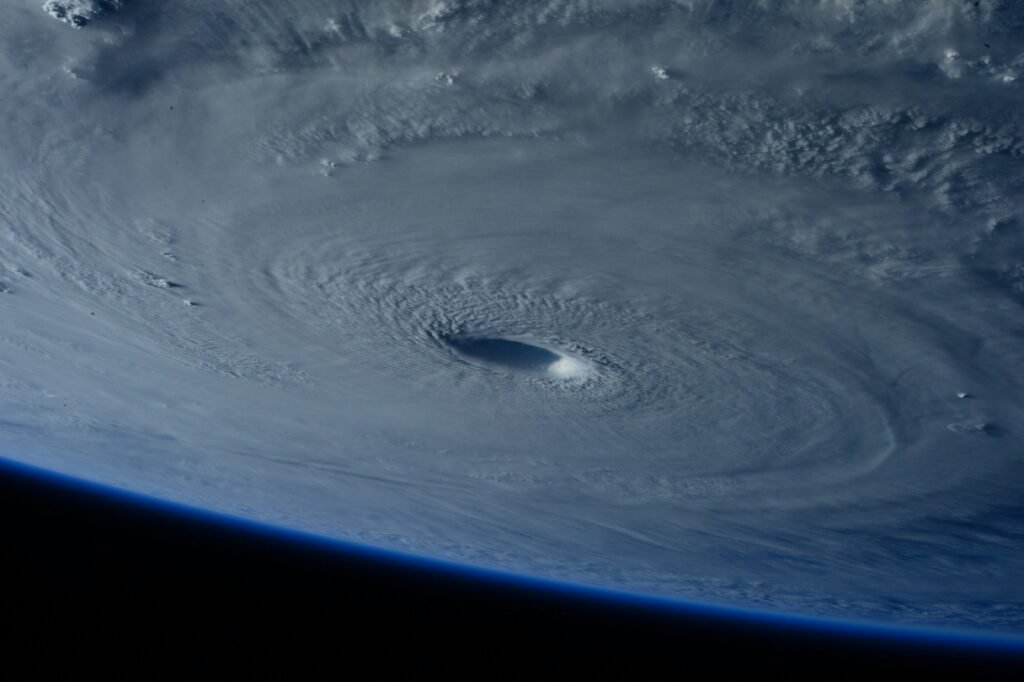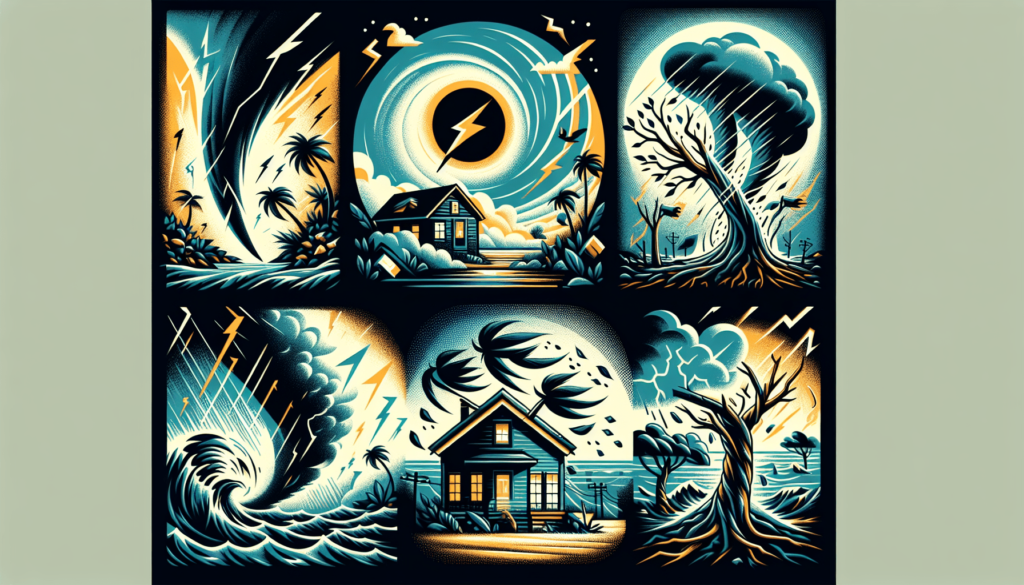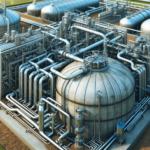How can you prepare for and mitigate the effects of climate-enhanced hurricanes?

Understanding Climate-Enhanced Hurricanes
Climate change has contributed to the intensification and increased frequency of hurricanes. These powerful storms bring destructive winds, heavy rainfall, and storm surges that can cause widespread damage to coastal areas. Understanding the characteristics of climate-enhanced hurricanes is crucial in preparing for and mitigating their impact on communities.
Characteristics of Climate-Enhanced Hurricanes
Climate-enhanced hurricanes are known for their increased intensity, sustained wind speeds, and larger size compared to traditional hurricanes. These storms often develop rapidly, making it difficult for communities to evacuate or prepare adequately. Additionally, climate change has been linked to a rise in sea levels, which can exacerbate storm surge flooding during hurricanes.
Preparedness Strategies for Climate-Enhanced Hurricanes
Being prepared for a climate-enhanced hurricane is key to reducing the impact of these powerful storms on individuals and communities. By taking proactive measures and planning ahead, you can protect yourself, your loved ones, and your property when a hurricane strikes.
Evacuation Planning
Developing an evacuation plan is essential in ensuring your safety during a hurricane. Identify evacuation routes and shelters in your area, and make arrangements for transportation if you need to evacuate. Keep important documents, emergency supplies, and a disaster kit ready to grab and go in case of an evacuation order.
Home Protection Measures
Securing your home is vital in minimizing damage during a hurricane. Install impact-resistant windows, reinforce doors, and secure loose outdoor items to prevent them from becoming projectiles in high winds. Consider investing in a generator to ensure power supply during an outage, and elevate valuable items to protect them from floodwaters.
Emergency Communication
Establishing a communication plan with your family and neighbors is crucial in staying connected during a hurricane. Agree on a meeting point in case you get separated, and keep a list of emergency contacts handy. Sign up for local alerts and notifications to stay informed about evacuation orders, shelter locations, and weather updates.

Mitigation Strategies for Climate-Enhanced Hurricanes
While preparedness is essential in surviving a climate-enhanced hurricane, implementing mitigation strategies can help reduce the impact of these storms on communities in the long run. By focusing on building resilience and adapting to changing climate conditions, you can enhance your ability to withstand the effects of hurricanes.
Green Infrastructure
Green infrastructure practices, such as rain gardens, permeable pavement, and green roofs, can help absorb and filter stormwater during hurricanes. These nature-based solutions can reduce flooding, prevent erosion, and improve water quality in urban areas. By incorporating green infrastructure into community planning, you can enhance resilience to climate-enhanced hurricanes.
| Green Infrastructure Practices | Benefits |
|---|---|
| Rain Gardens | Absorb stormwater and reduce runoff |
| Permeable Pavement | Allow water to infiltrate the ground |
| Green Roofs | Reduce heat gain and cool urban environments |
Coastal Protection
Implementing coastal protection measures is essential in safeguarding coastal communities from the destructive impacts of hurricanes. Building seawalls, restoring wetlands, and replenishing dunes can help mitigate storm surge flooding and erosion during hurricanes. By investing in coastal resilience, communities can reduce the vulnerability of coastal areas to climate-enhanced hurricanes.
| Coastal Protection Measures | Benefits |
|---|---|
| Seawalls | Provide physical barrier against storm surge |
| Wetland Restoration | Absorb floodwaters and reduce wave energy |
| Dune Replenishment | Act as natural buffer against erosion |
Building Codes and Standards
Adhering to high building codes and standards is crucial in constructing resilient structures that can withstand the forces of climate-enhanced hurricanes. Incorporate wind-resistant design, elevated foundations, and robust structural materials in new construction and renovations to enhance the durability of buildings. By raising the quality of construction practices, communities can reduce the risk of damage and loss during hurricanes.
| Building Code Requirements | Benefits |
|---|---|
| Wind-Resistant Design | Minimize structural damage from high winds |
| Elevated Foundations | Protect buildings from floodwaters |
| Robust Structural Materials | Improve building durability |

Community Resilience in the Face of Climate-Enhanced Hurricanes
Building community resilience is essential in preparing for and responding to the impacts of climate-enhanced hurricanes. By fostering collaboration, promoting awareness, and strengthening social networks, communities can better withstand the challenges posed by these powerful storms and recover more effectively in their aftermath.
Collaborative Partnerships
Forming collaborative partnerships with local governments, non-profit organizations, businesses, and community groups is key in enhancing resilience to climate-enhanced hurricanes. By sharing resources, expertise, and responsibilities, communities can build capacity, access funding, and implement innovative solutions to mitigate the impacts of hurricanes.
Public Awareness Campaigns
Raising public awareness about the risks and challenges associated with climate-enhanced hurricanes is essential in promoting preparedness and adaptation at the community level. Conduct educational campaigns, workshops, and training sessions to inform residents about the potential impacts of hurricanes and empower them to take proactive measures to protect themselves and their communities.
Social Support Networks
Building strong social support networks within communities can help vulnerable populations cope with the impacts of climate-enhanced hurricanes. Establishing mutual aid groups, neighborhood watch programs, and community centers can foster a sense of solidarity, cooperation, and resilience among residents, enabling them to support each other during emergencies and recovery efforts.

Conclusion
In conclusion, preparing for and mitigating the impacts of climate-enhanced hurricanes requires a combination of individual readiness, community resilience, and proactive measures. By understanding the characteristics of these powerful storms, implementing preparedness strategies, and focusing on mitigation measures, you can reduce the risks posed by hurricanes and enhance your ability to withstand their effects. Remember, your actions today can make a difference in how you and your community fare in the face of climate-enhanced hurricanes. Stay informed, stay prepared, and stay safe.





